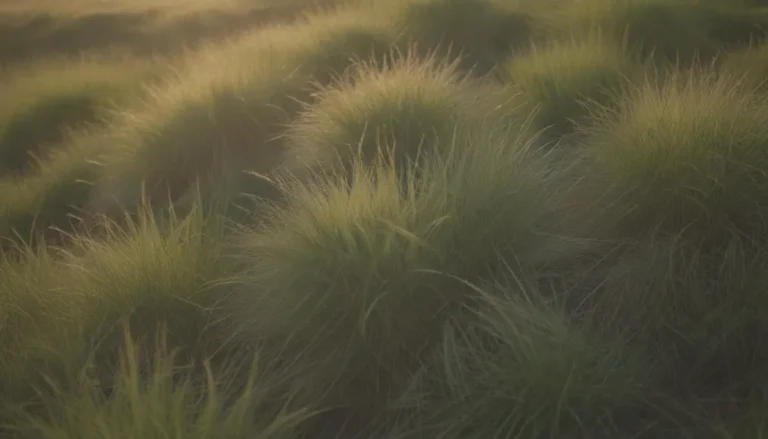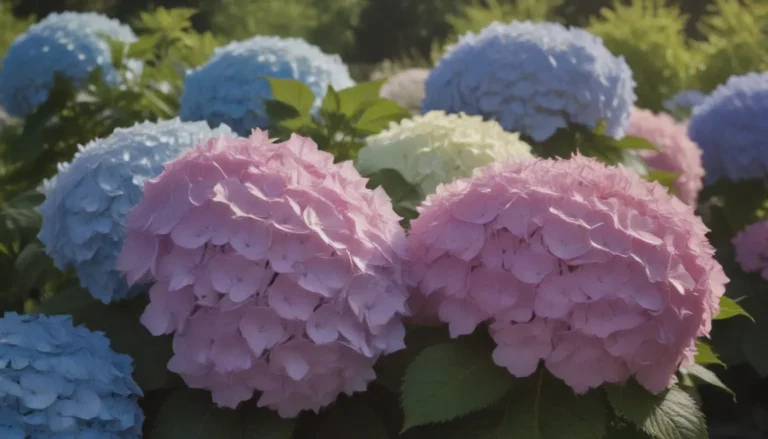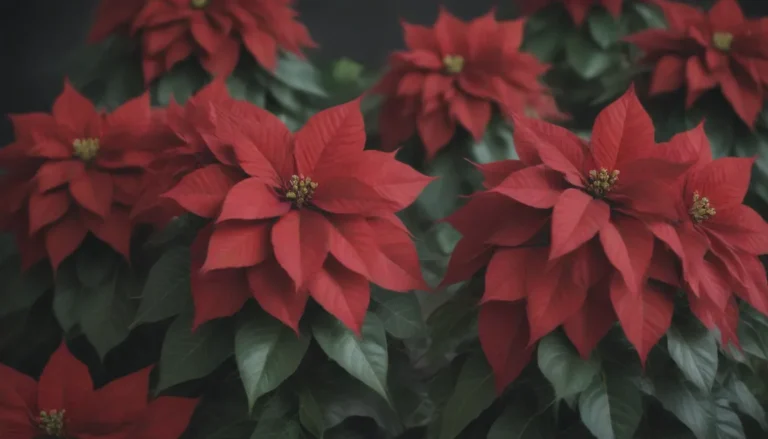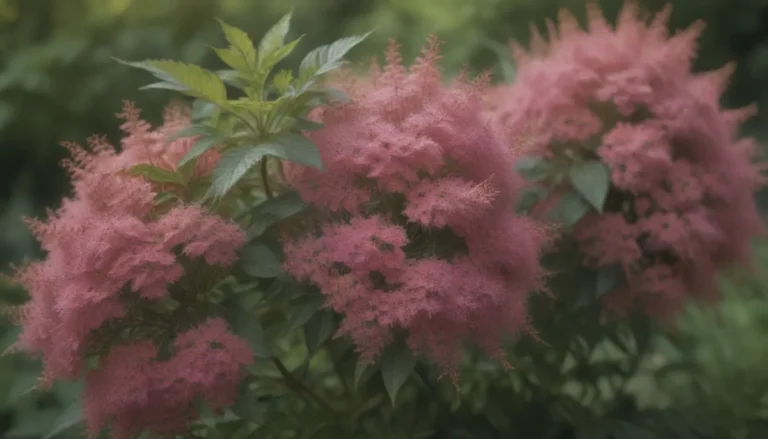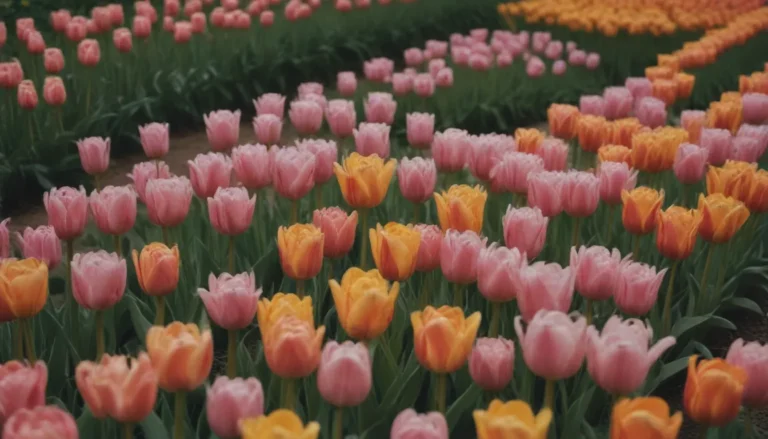Understanding the Difference Between Daylilies and Lilies
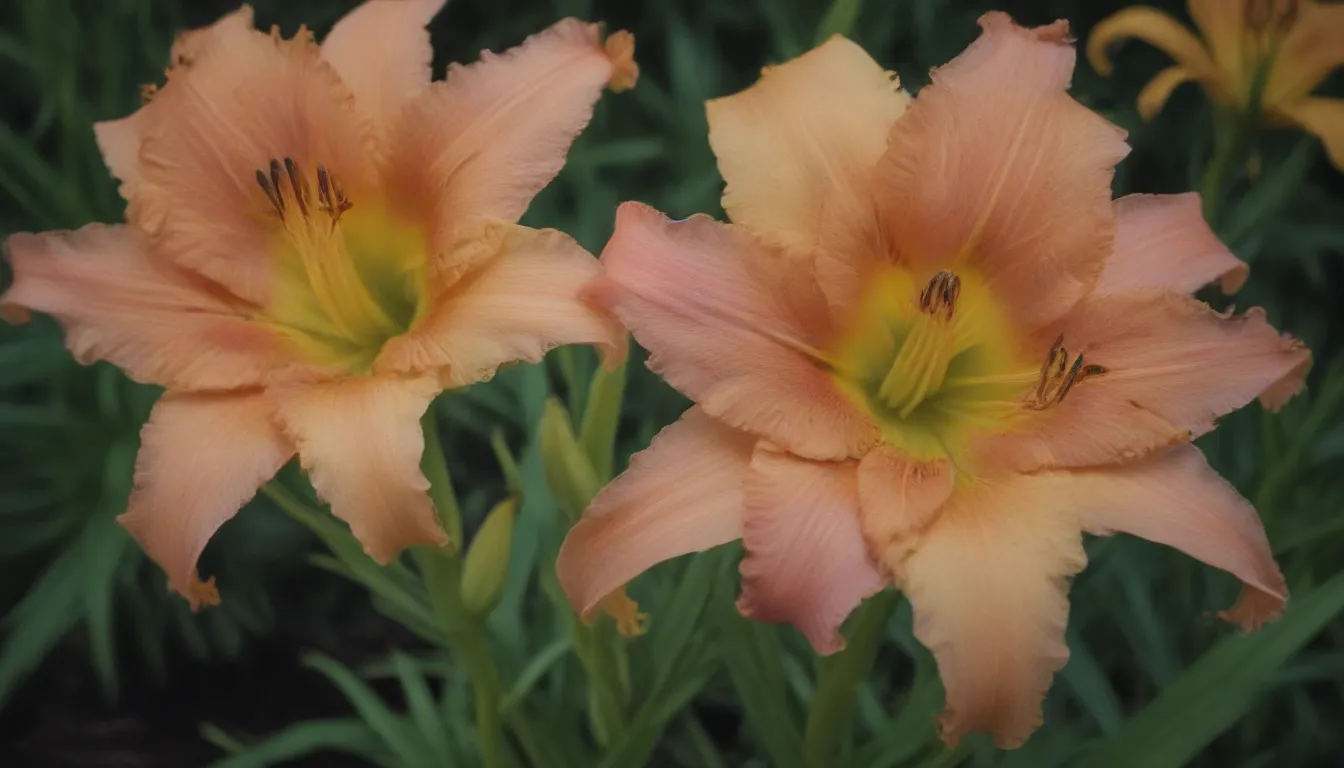
When it comes to gardening and flower identification, navigating the world of common names can be a bit like untangling a floral puzzle. One person’s trout lily may be another person’s dogtooth violet. But fear not, we’re here to help you confidently distinguish between two popular flowering plants – daylilies and lilies.
Getting to Know True Lilies
Let’s start by understanding what constitutes a true lily. True lilies belong to the Lilium genus and grow from bulbs, making them distinct from daylilies. To differentiate between the two, it’s helpful to examine key features such as leaves, flower stems, and growth patterns.
How to Identify a Daylily (Hemerocallis)
Daylilies, scientifically known as Hemerocallis, are characterized by their long, flat strap-shaped leaves that form clumps at the soil line. These vibrant plants can reach heights of up to 4 feet and are easily identifiable by their thick, tuberous roots that can be divided for propagation. Here are some key features of daylilies:
- Leaves: Long, strap-shaped leaves growing in clumps from the plant’s crown
- Flower Stems: Thin stalks, or scapes, emerging from the base of the plant
- Blooms: Each flower lasts only a day, hence the name Hemerocallis, meaning “beauty for a day”
- Varieties: With over 30,000 named varieties, daylilies are popular choices for hybridizing breeders
- Care: Older varieties require daily deadheading to promote continuous blooming, while newer hybrids are self-deadheading
When examining a daylily flower, take note of the two layers of petals – the top three petals and the bottom three sepals. Additionally, look for a contrasting-colored throat at the center of the flower, along with six or seven stamens and a two-lobed anther.
Spotting a Lily (Lilium)
True lilies, on the other hand, are characterized by their growth from bulbs of overlapping scales. With approximately 100 species falling under the Lily genus, lilies are further classified as Asiatic, Oriental, and Martagon, among others. Here’s what to look for in true lilies:
- Stem and Leaves: A single, unbranched stem rising from the bulb, surrounded by leaves in whorls or spirals
- Petals: Six petals and six anthers in every bloom, lasting a week or more
- Size: Lilies can range from 1.5 feet to towering heights of 10 feet
- Blooming: Flowers open sequentially from the lowest buds to the topmost buds, making lilies popular as cut flowers
To prevent staining from pollen, consider removing the anthers when bringing lilies indoors. When distinguishing between daylilies and true lilies, observe the growth habit – daylilies have multiple stems with clumps of leaves, while true lilies showcase a single stem with leaves spiraling around it.
Demystifying the Tiger Lily
Now, let’s address a common source of confusion – the tiger lily. A tiger lily is a true lily (Lilium) with striking orange blossoms adorned with dark-brown spots, reminiscent of a tiger’s coat. These blooms feature petals that curve backward, creating a distinct drooping appearance. However, confusion can arise between the tiger lily and the ditch lily, also known as the orange daylily.
- Tiger Lily: Bright orange blossoms with dark-brown speckles, drooping petals
- Ditch Lily: Orange daylily growing from tuberous roots and blooming for a day
While both lilies share similar vibrant hues, the growth habits and blooming characteristics help differentiate between the two. Remember, a tiger lily represents the elegance of true lilies, while a ditch lily aligns more closely with the daylily family.
In conclusion, understanding the nuances between daylilies and lilies enhances your gardening knowledge and appreciation for these beautiful flowers. By familiarizing yourself with their distinct features and growth patterns, you’ll confidently identify and cultivate these beloved blooms in your own garden. So, go ahead, embrace the world of lilies and daylilies – each exuding its unique charm and allure.
